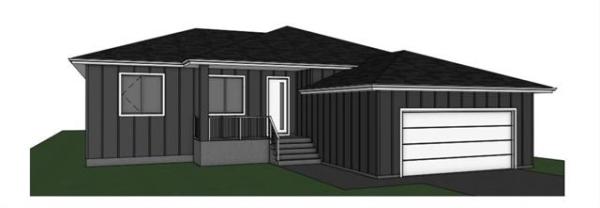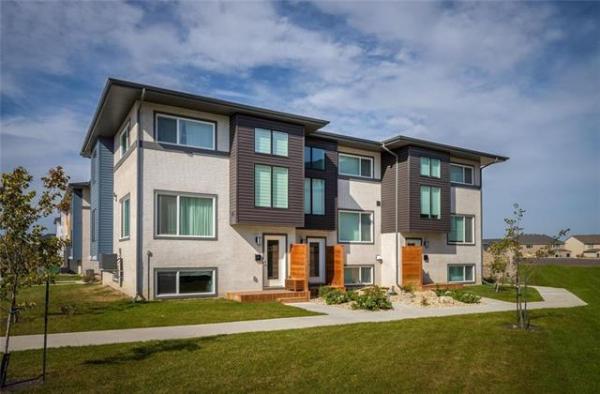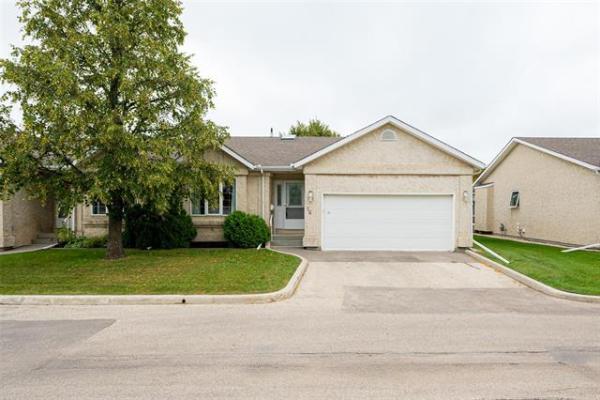QUESTION: I live in Winnipeg and have a question about sewer backups. Is it possible and allowed in Canada to have a backwater valve/back-flow preventer installed outside the house? I have seen several websites and videos on the Internet that show these outside devices in use.
Thank you in advance, John Bartelings
ANSWER: I checked out a couple of the websites you cited in your question, but found very little useful information that would be applicable here.
With our fresh snow and very cold temperatures, you can anticipate my answer about plumbing fixtures installed outside the home. Nevertheless, I will provide several reasons why these devices are not suitable for use in Winnipeg.
The main reason that a back-flow prevention device for home sewers is always installed in the interior of a building is accessibility. All properly installed backwater valves are required to have an entry port that allows access in case of damage or failure. In a typical residential installation this is found as a plastic or metal cap on a vertical pipe at or just above the basement floor slab. Removal of this cap should allow access to the top of the backwater valve assembly installed in the sewer piping, embedded below the basement floor.
Having a removable access cover is the only way to ensure that the valve can be repaired or replaced if a failure occurs. If it's not there, you can experience exactly what the valve is designed to prevent: a sewer backup. In -30C weather, with a metre of snow on the ground, an exterior access port would be inaccessible. Even if the cover wasn't frozen solid, it would certainly be damaged if you tried to remove it in the dead of winter. For this reason alone, the devices you have found would not be acceptable here.
For those not familiar with backwater valves, they are a simple device installed in newer homes in the plumbing waste pipes that only allow material to flow in one direction. They are comprised of a one-way valve that only allows water and sewage to travel from the plumbing fixtures in the home to the underground sewer outside. If a major blockage or sewer backup does occur outside the home, the valve closes and prevents raw sewage from entering the drain pipes and the home.
These valves are normally installed downstream of the basement-floor drain or basement bathroom to prevent backing up of waste through these fixtures. In older homes with weeping tiles draining into the municipal sewer, a sump pit and pump are normally installed in conjunction with the valve to allow ground water to be pumped outside in the case of a backup during a rainstorm.
The outside valves that you have found on the Internet appear to work in much the same manner as the common ones used here, but are buried much deeper in the yard of the home. To install these, excavation would be extensive because the sewers in our city are located metres below grade, partially to prevent freezing. They are also in that location to allow proper drainage from the house sewers, which are buried below the basement floors.
In warmer southern U.S. areas, like those shown in some of the websites you visited, most homes have no basements. They're built on concrete slabs on grade, and the plumbing drains may be buried just below the surface. If installed just outside the home, that would accommodate a short enough pipe to access the valve assembly. In Winnipeg, that would require a pipe a couple of metres long, which would make access very difficult, even with specialized tools.
You should always be careful when researching retro-fit products on the Internet before making any commitments. Items designed for use in one climate may be completely unacceptable in another. Also, there may be differences in fitting sizes and compatibility issues. As an example, high-end plumbing fixtures often purchased from European manufactures can be a nightmare for local plumbers. Fittings and threading will be different and may be nearly impossible to connect to our North American piping without specialized adaptors. There may be the same issue with an exterior valve, as the drain pipes outside our homes may not be the same as those used where these devices are made.
The final question I must ask is why you would want to put this valve outside in the first place. Installation would require considerably more work to dig through our heavy clay soil to access the exterior sewer than it would to get at the drain below your basement floor. Breaking up a few inches of concrete and removing a few centimetres of soil in a small area in the basement would be much less costly. This proper method would allow you to install an inexpensive backwater valve and would only require a small patch to the concrete around the access port.
As with most renovations to our homes, the path of least resistance is the best choice and will allow you to complete the job in the most efficient and economical way.
Ari Marantz is the owner of Trained Eye Home Inspection Ltd. and the president of the Canadian Association of Home & Property Inspectors-Manitoba (www.cahpi.mb.ca). Questions can be e-mailed to the address below. Ari can be reached at (204) 291-5358 or check out his website at www.trainedeye.ca.
trainedeye@iname.com




